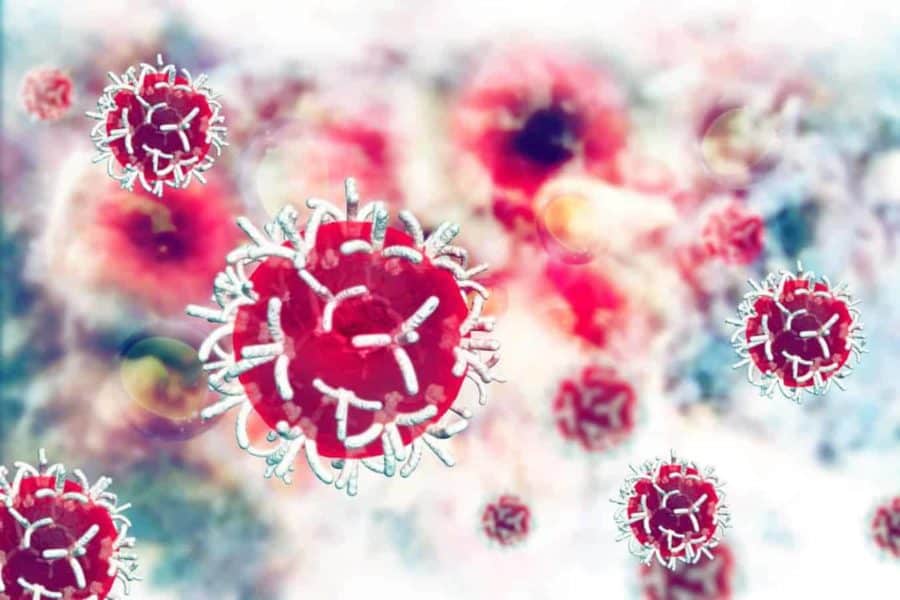Splitting one type of cancer drug in half and delivering the pieces separately to cancer cells could reduce life-threatening side effects and protect healthy, non-cancerous cells, a new study suggests.
The study, published today, Monday, Aug. 24, in the Proceedings of the National Academy of Sciences, suggests that splitting immunotoxins into two inactive and benign parts may set the stage for future, targeted treatments of cancers.
Immunotoxins combine an immune substance with a toxin. The immune substance attaches to cancer cells, allowing the toxin to enter the cancer cell and kill it without harming nearby healthy cells.
The research was designed as a proof-of-concept study, but the researchers found that the functional toxin can be reconstructed in cancer cells in both laboratory cell cultures and in mice.
The search for a cancer cure has led to a number of treatments that destroy cancer cells, but also destroy healthy, non-cancerous cells. That destruction often causes life-threatening side effects.
“The problem is not to kill the healthy cells,” said Dmitri Kudryashov, an associate chemistry professor at The Ohio State University and senior author of the study. “What is difficult is to kill only the cancer cells and nothing else.”
And while some cancer treatments have been successful at targeting cancer cells, few have been able to do so without also affecting healthy cells.
The key to split immunotoxins is that only cancer cells will receive both parts of the split toxin, said Elena Kudryashova, a co-senior author on the study and a research scientist at Ohio State.
“We have confirmed that when separated, the parts of the split toxin do not harm cells. But when they recombine into the original toxin, the treatment destroys the cancer.
“But to achieve that, both parts must enter cancer cells,” Kudryashova said. “What we have achieved so far is the reconstruction of the fully functional toxin upon specific delivery of one part of the split immunotoxin to the cells expressing the other part. The specific delivery of this other part in sufficient quantity is yet to be achieved and is being pursued in the laboratory.”
Essentially, when the toxin protein is split and goes into the human body as a cancer treatment, it can’t cause harm to healthy cells. But if biochemists can find a way to get both pieces of the protein to enter a cancer cell, the two pieces of toxin can then destroy the cancer.
Other Ohio State researchers who worked on this study are a lead author, Vedud Purde, and David Heisler and Reena Shakya.
This work was funded by the National Cancer Institute and a Pelotonia Idea Grant.

